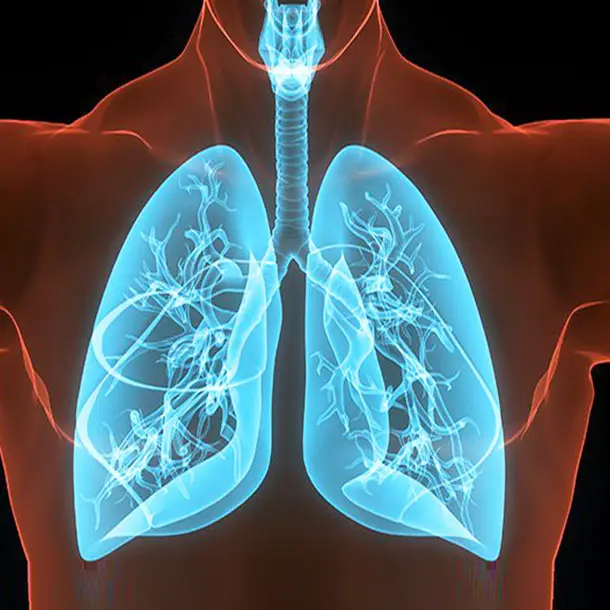- Normal oxygen saturation levels (SpO2) are between 95 to 100 percent for both adults and children.
- Oxygen saturation levels below 95% are considered abnormal, and the brain may be affected when SpO2 levels drop below 80 to 85 percent. Bluish discoloration of the skin or mucous membranes (cyanosis) occurs when SpO2 levels fall below 67%.
- However, older adults usually have slightly lower oxygen saturation levels than younger adults and children. People over 70 years of age may have oxygen levels closer to 95%, which can be normal for that age group, while normal SpO2 rates for infants and children are usually 97% and higher.
- Low levels of oxygen in the body’s tissues are called hypoxia. Low levels of oxygen in the blood are called hypoxemia. Both hypoxia and hypoxemia can occur separately, though they often occur together because when blood oxygen levels are low, the blood does not deliver enough oxygen to the body’s tissues. Hypoxia is often used to describe both low oxygen in the body’s tissues as well as low blood oxygen.

| Condition | SpO2 Levels |
|---|---|
| Normal | 95% to 100% on both adults and children |
| Abnormal (the brain may be affected) | 80% to 85% |
| Bluish discoloration of the skin or Cyanosis | Below 67% |
What Are Symptoms of Low Oxygen Saturation Levels?
Signs and symptoms of low oxygen saturation levels (hypoxia and/or hypoxemia) include:
- Coughing
- Fast heart rate
- Rapid breathing
- Shortness of breath
- Slow heart rate
- Sweating
- Wheezing
- Headache
- Changes in skin color, ranging from blue to cherry red
- Blue skin, lips, and fingernails
- Confusion
- Disorientation
Hypoxia is a medical emergency. If you are experiencing symptoms of hypoxia, call 911 and get to a hospital’s emergency department (do not drive yourself).
What Causes Low Oxygen Saturation Levels?
Oxygen saturation levels can vary based on a person’s underlying health. There are many different conditions that can cause low oxygen saturation levels, which may include:
- Chronic obstructive pulmonary diseases (COPD) including emphysema and chronic bronchitis
- Severe asthma attack
- Lung damage due to trauma
- Pneumonia
- COVID-19
- Pulmonary edema (fluid in the lungs)
- Pulmonary embolism (blood clot in the lungs)
- Pneumothorax (collapsed lung)
- Acute respiratory distress syndrome (ARDS)
- Pulmonary fibrosis (scarred and damaged lungs)
- Cardiovascular diseases
- Anemia
- Certain pain medications and other drugs that can depress breathing, such as narcotics and anesthetics
- Cyanide poisoning
- Interstitial lung disease
- Sleep apnea
- Obesity-hypoventilation syndrome
- Being at high altitudes
How Are Low Oxygen Saturation Levels Diagnosed?
Low oxygen saturation levels (hypoxia and/or hypoxemia) are diagnosed with a physical examination. A doctor listens to the heart and lungs and will also look to see if the skin, lips, or fingernails have a bluish color.
Tests used to check oxygen levels include:
- Pulse oximetry
- Arterial blood gas (ABG) test
- Pulmonary (lung) function tests
What Is the Treatment for Low Oxygen Saturation Levels?
Low oxygen saturation levels (hypoxia and/or hypoxemia) are a medical emergency and treatment involves administration of oxygen in a hospital.
- Oxygen is usually administered via a nasal cannula or a mask that covers the nose and mouth
- Asthma medications or an inhaler may be used to help patients breathe
- Steroids may be used to help reduce inflammation
- Antibiotics may be given if there is an underlying infection
- In severe cases:
- Oxygen in a hyperbaric chamber
- Mechanical ventilation (intubation)